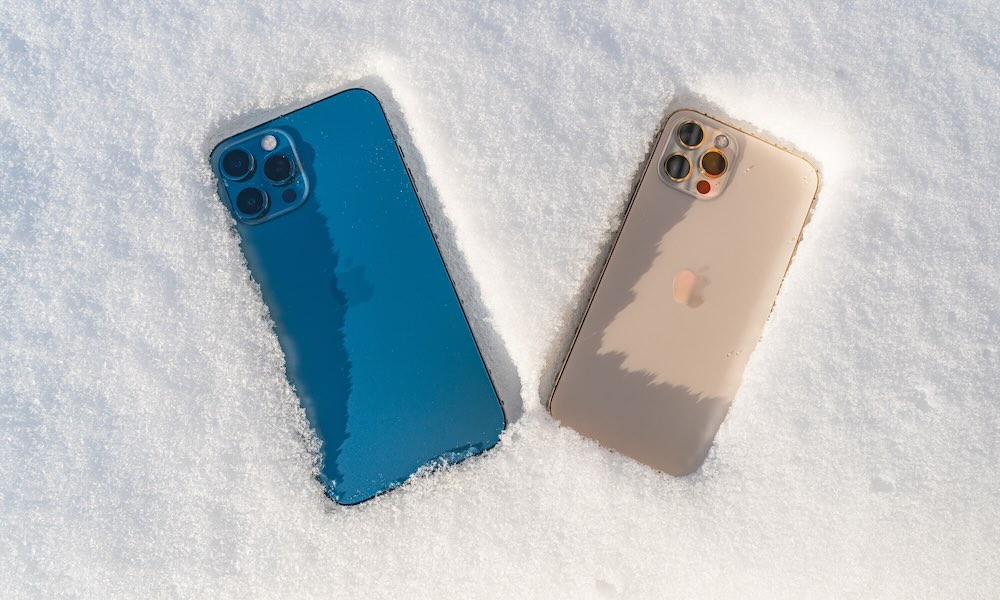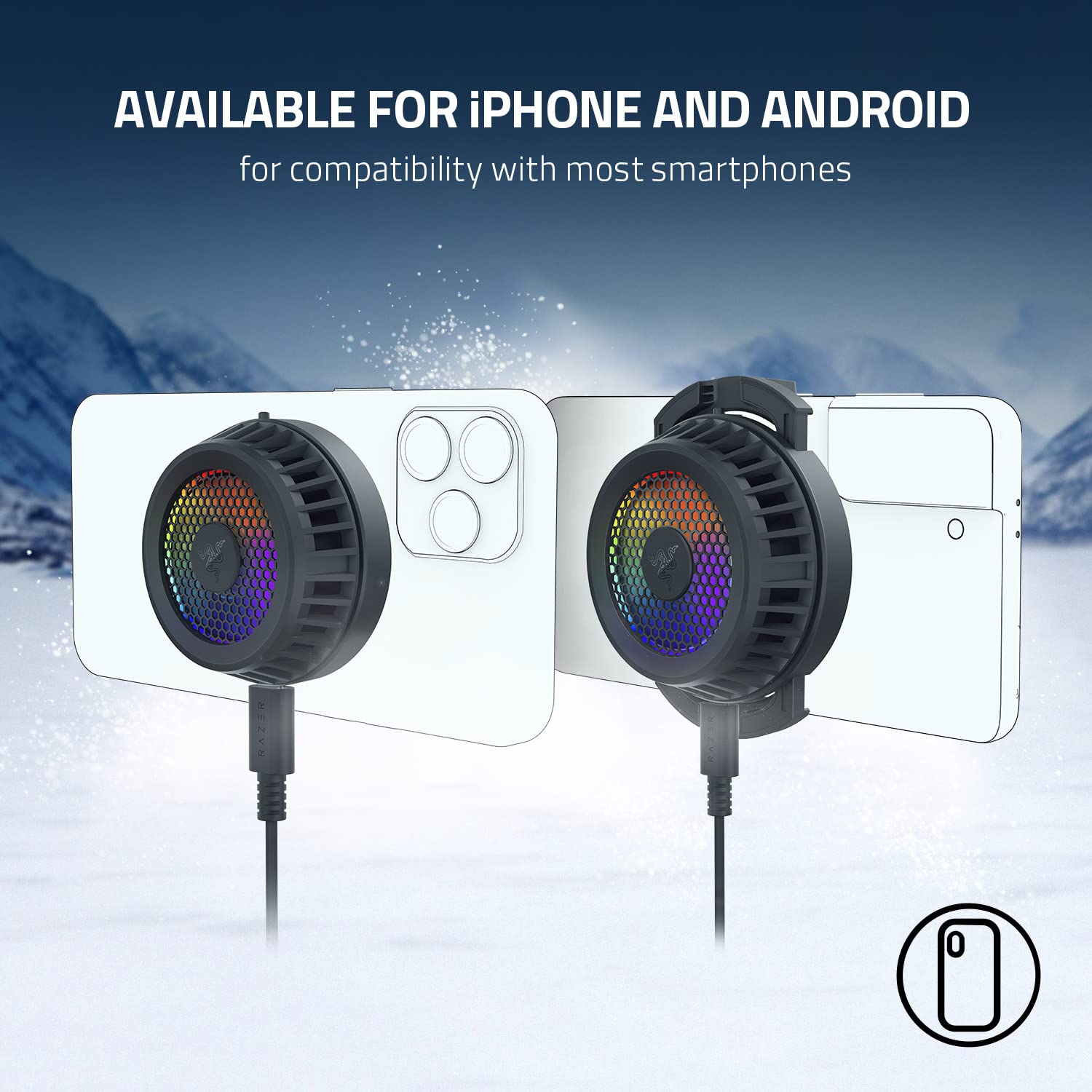The iPhone 17 Lineup Could Get Cooler — Literally

While the jury’s still out on whether most of this year’s iPhone 17 lineup will get any dramatic design changes, one rumored internal change could make a big difference for those who like to push their iPhone to the limits.
A new report from Chinese site MyDrivers (Google Translate) unearthed by MacRumors claims that Apple is planning to incorporate the vapor chamber technology commonly found on many high-end Android phones into this year’s entire iPhone 17 lineup.
As the name suggests, a vapor chamber heatsink relies on a sealed metallic plate filled with a liquid — typically copper and de-ionized water, respectively — that quickly dissipates heat across a broader area by leveraging the process of water turning to vapor (steam) when it absorbs heat from one side and then transferring that heat to the cool side as it condenses back into liquid form.
This heatsink technology has been used for some time in laptops, gaming PCs, and flagship Android smartphones such as Samsung’s Galaxy S-series models and gaming phones like Asus’ ROG Phone and Nubia’s Red Magic.
The advantage of a vapor chamber heatsink is that it spreads the heat much more evenly, avoiding the “hot spots” that many of us have felt when gaming on newer iPhone models. However, it’s not merely about keeping the phone cool in your hands. Better heat dissipation also improves performance.
That’s because nearly all modern CPUs, including Apple’s A-series and M-series chips, are designed to throttle back on performance when they get too hot. Otherwise, they’d start malfunctioning or even melting. This means performance will suffer if heat isn’t adequately drawn away from the A18 Pro chip in an iPhone 16 Pro. That might not always be noticeable as the A18 Pro has the power to spare, but you’ve probably run into it if you’ve ever tried a long session of a AAA console game like Resident Evil Village or Assassin’s Creed Mirage (I know I have, and I don’t even use a case). This is why high-end gaming phones like the Asus ROG Phone 9 Pro are focused on integrated cooling systems and even offer optional fan accessories and the ability to power the phone without charging it (and heating up the battery).

Accessory makers also make MagSafe fans for iPhone gamers. While we don’t imagine Apple will go quite that far, a move to a vapor chamber heatsink would be a big step in the right direction. Samsung has long been a proponent of this tech, adopting early variations on the concept as far back as the Galaxy S7 in 2016. However, a formal vapor chamber wasn’t explicitly confirmed until someone tore down a Galaxy S10+ in 2019.
Apple relies on more traditional heatsinks that use graphite and aluminum alloys. The iPhone 15 Pro was notorious for overheating when it was first released. The worst of those problems were quickly fixed in an iOS 17.0.3 update (and corresponding updates to some popular misbehaving apps contributing to the problem, such as Instagram). However, they weren’t entirely resolved until Apple changed the thermal structure in the iPhone 16 Pro, mixing aluminum with a graphene sheet and better back glass.
Although My Drivers doesn’t have an established track record for Apple rumors, the report generally mirrors what Ming-Chi Kuo said about the iPhone 17 Pro Max last year. The specifics are slightly different — Kuo says that the largest Pro model will get an exclusive Apple-designed cooling system that will combine vapor chamber technology with graphene sheets, while the other models will continue to rely solely on the existing heatsink technology. That may get some minor improvements, but won’t adopt vapor chambers, according to Kuo.
That’s probably somewhat believable when it comes to the so-called “iPhone 17 Air,” as Apple will be looking to shave off every millimeter it can from that model. That will necessitate a thinner heatsink, but it’s also fair to say Apple won’t expect anyone to push that model to the same limits as an iPhone 17 Pro Max.







